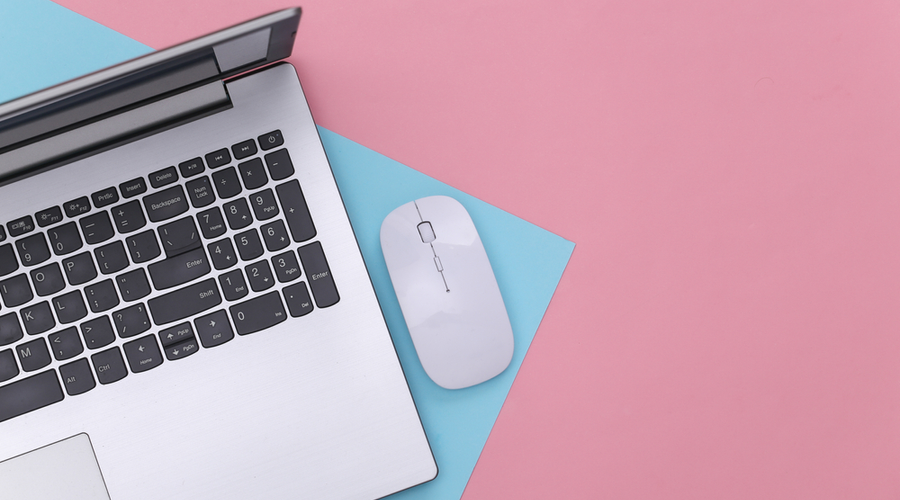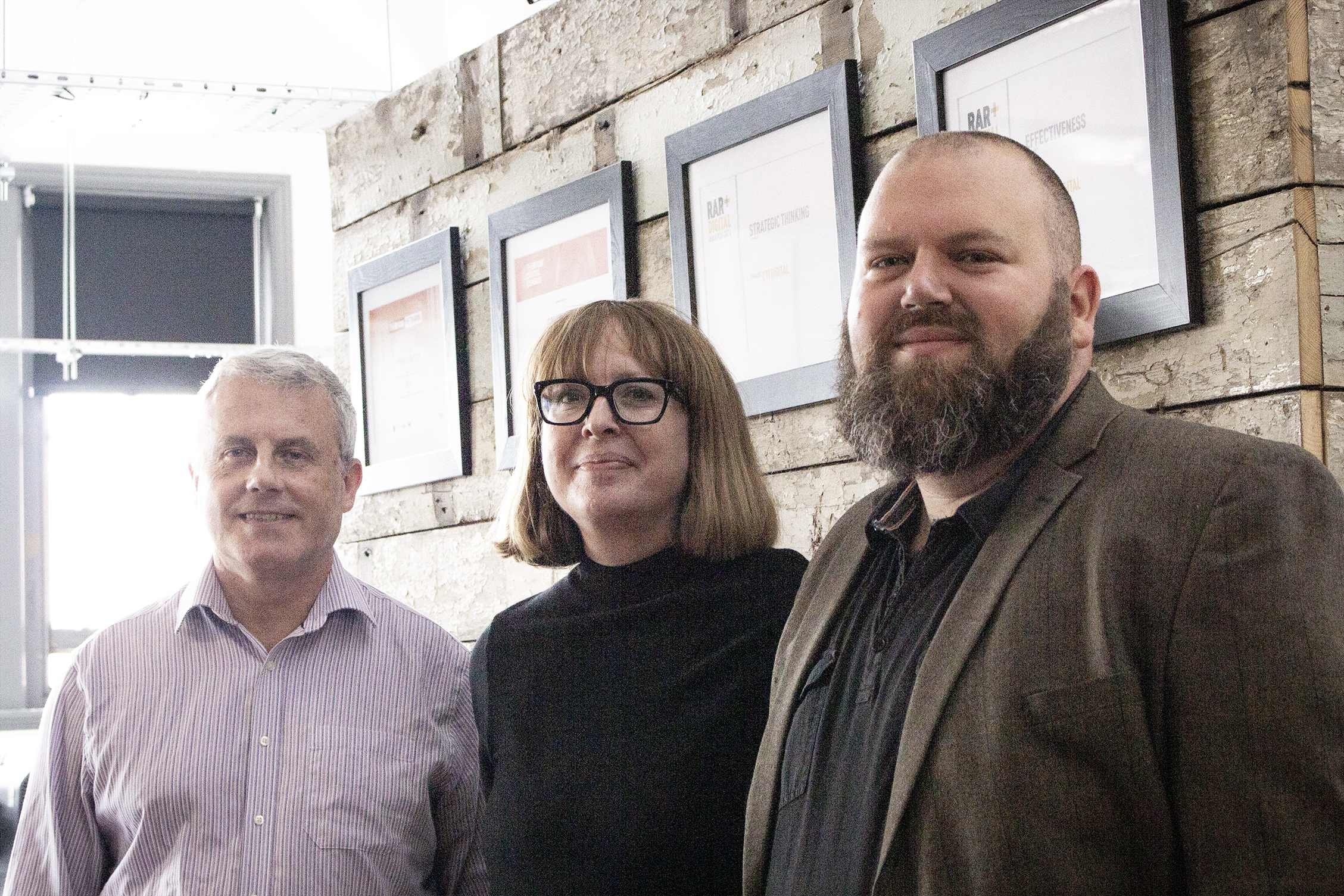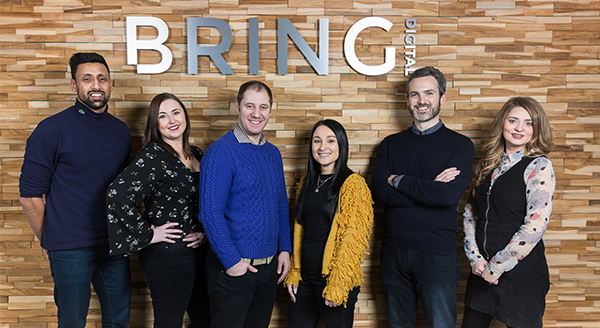
Looking for inspiration on ways to upgrade your web design? Here’s some simple do’s and don’ts of professional web design to help you improve the look and experience of your website today.
Put the User First
We’re an agency built on an appreciation for graphic design, so we know it can be really tempting to implement new features on your site based on the simple fact that they look good. However, overcomplicating your site design can actually have negative affects.
When you think about some of the greatest design feats in the world, take the Apple iPhone user interface as an example, one thing is very clear. Simplicity is best and less is less when it comes to user-friendliness. Asking yourself what purpose each design element serves for your user is going to make you evaluate the reasons for each design choice, and make sure you avoid including parts that are based purely on your own tastes and that aren’t there to serve the user.

Optimise the Customise Journey
So we’ve established the need to always prioritise your customer’s needs first and foremost in design, how can this principle be applied to the customer journey? Simply put, the journey between landing on your homepage and checking out should be as simple as possible. Additional steps will cause lower conversation rates since it becomes harder for the customer to navigate to the checkout, therefore you need to always make sure every part of your funnel is well-though out and purposeful.
In addition to ensuring that the actual number of pages in the customer journey is kept to a minimum, there’s some work you can be doing to help improve conversion rates through the design of each step. Use analytic tools like Hotjar to review how users interact with every page on your website, and make data-driven changes to your design work. Those changes could be anything from making your CTA on a certain page more visible or picking up on elements that aren’t clickable and yet are attracting clicks (as a general rule of thumb, any clickable button should have a border and also change colour when highlighted or clicked on in order to communicate to the user how to interact with the design element.) By reviewing how users interact with your site every day, you’re going to have a website designed for the actual customers who are landing on your site as opposed to a persona you may have slightly wrong.

Look for Ways to Increase the Value of a Conversion
If you’re looking to increase the revenue for your business, use your web design to encourage higher conversion values. You can do this by adding in elements such as a ‘related items’ to showcase to the user which products or services go hand in hand with the item they might be interested in. Imagine it like the aisle of goodies just next to the tills in a shop, your website can also advertise additional value adding products at each step of the funnel right up until checkout. This is going to boost your overall conversion value, simply through the power of some well-thought out web design!
Follow the ‘F’ Shape
Did you know we often scan web pages in an F shape? So we would begin horizontally along the top of the F, move back across, down and so forth following the shape of the letter. Commonly designers might joke that the F stands for fast… because that’s exactly how people are reviewing your content. Knowing the F shape is a common scanning pattern can help you to better understand the visual hierarchy needed in order to get your most important points across in the precious few seconds you have to engage a user when they land on your site.

So, make the best use of your F shape by using visual elements that are simple to understand and put across your point visually in no time at all! Some examples of how this could be done include using very minimal copy, or by using iconography. Iconography is a fantastic way to visually explain the process of your business in a few simple steps, so is well worth implementing on your site if you don’t already.
In this article, we’ve spoken about some ways in which you can upgrade your website design in no time at all. One of the biggest bits of advice we can give you is to always ensure that you have an experienced, professional graphic designer to create stunning visuals, and to make changes to your site based on the data you have. Not only is leaving your website design to a non-designer going to be time-consuming, but it’s also going to disadvantage your business right from the start. Instead, work with designers like us to ensure that the quality of your site matches the quality of your business effortlessly. We hope this article inspired you to have a look through your site today and reflect on the choices behind each design element!









